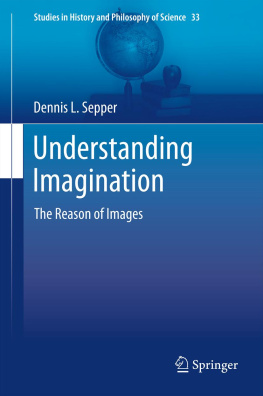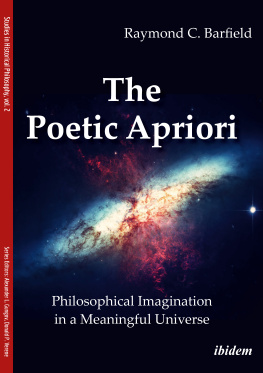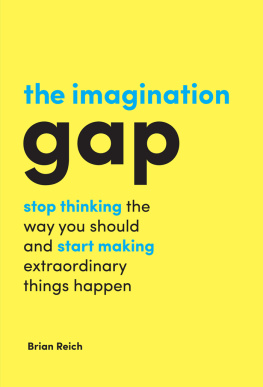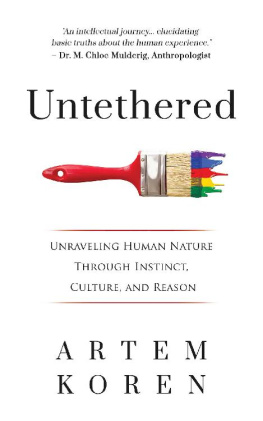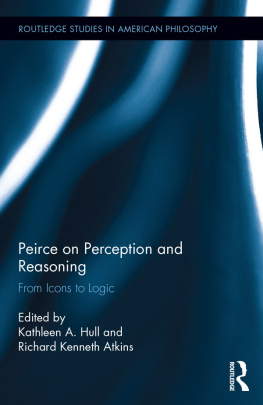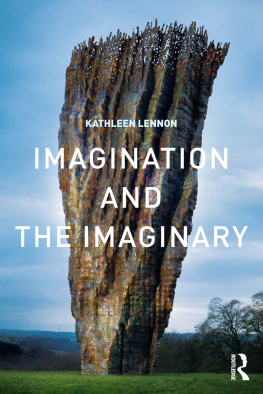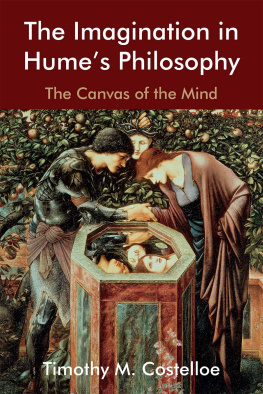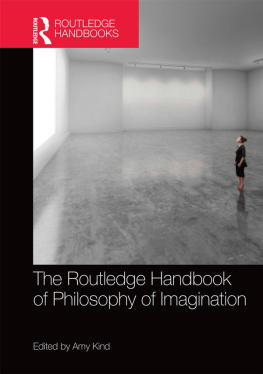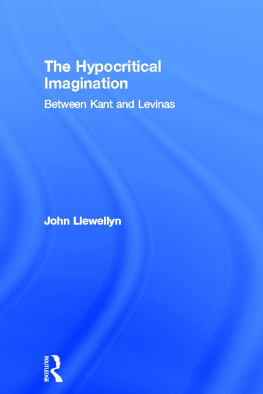The history of thought is also the history of its successive closuresand that is what renders ineliminable a critical attitude with regard to thinkers of other times. But it is also true that, among the forms thus created, some possess a mysterious and marvelous permanence. And the truth of thought is this movement itself in and through which the already created permanent part finds itself differently placed and illuminated by the new creation of which it has need in order not to sink into the silence of the simply ideal. (Castoriadis , 336)
1.1 Constellations of Questions About Imagination
We begin with four constellations of questions about imagination.
(1) Since the emergence of European Romanticism at the end of the eighteenth and the beginning of the nineteenth century, both popular and philosophical understanding have associated imagination with creativity. Creativity came to be understood as good for the individual human being and for the arts; more recently, it has come to be perceived as essential for social, economic, and scientific progress. But most religious and philosophical traditions, going back to Greek, Roman, and Jewish antiquity, have been suspicious of imagination as harboring not just falsity but even delusion and evil. Are these traditions reconcilable with the modern conception of imagination? Is imagination a solution to our conception of ourselves and our world, or is it a source of the difficulty of conceiving them?
(2) There was already a decisive break in the conception of imagination before Romanticism. In Greek antiquity, Aristotle, the first to give a careful delineation of the power of imagination as part of a complex theory of human and animal psychology, had claimed that for human beings there is no thinking without phantasms, or, as we would say, no thinking without images. That is, there would be no intelligent human activity, productivity, or morality without imagining. What is more, this applied to scientific knowing as well. In Western thought, this basic notion was widely, though variously, accepted for nearly 2,000 years. Yet, since the seventeenth and eighteenth centuries, modern science has come to be understood as methodical rationality taking control of factual experience. As such, it has seemed not to need imagination. Imagination may well be used as a tool for conceiving new possibilities, but it must quickly give way to rational analysis and testing. In the final reckoning, science is indifferent to how and why theoretical and experimental innovations come about; only results count. Imagination is something for artists and for children, not for the sober rationality of adults.
How, why, and exactly when did this conceptual break occur? More importantly: was the break justified? Is imagination as irrelevant and accidental to knowledge as this modern scheme makes it appear?
(3) Are the first and second sets of questions related? Is the contemporary emphasis on imaginations creativity perhaps the consequence of the earlier split between its scientific/cognitive and its artistic/aesthetic functions? More generally, does the modern emphasis on creativity distort our understanding of imaginationso that, for example, it has become nearly impossible to recognize how and why it is essential to both science and art, as well as to all other kinds of thoughtful human action?
(4) Do historical shifts in the conception of imagination correspond to larger changes, for example to a change in the conception of what it is to be a human being and what human flourishing is about? Aristotle may have established the basic framework for imagination more than 2,000 years ago, but does what philosophers think about imagination make any real difference today? More generally, does what people think about imagination make a difference to its role in their lives?
********************
We can summarize the concerns expressed above in the following four questions: Where does our idea of imagination come from? Is imagination the name of anything real? How can we arrive at an understanding of what it is? Will it, does it, make a difference to who or what we are?
There are answers to these questions. This book intends to track them down by a kind of philosophical archeology. The answers, or at least their elements, have been available for a very long time. But the tradition that ought to have handed them down to us has been repeatedly interrupted and obscured. The tradition has, again and again, been occluded and occulted. The time has come to recover it.
1.2 The Occluded-Occulted Tradition of Intelligent Imagining
How can there be intelligent imagining or imaginative intelligence when intelligence and imagination may be fundamentally at odds with one another? Intelligence is about the real, whereas imagination is irrealizing, fictive, untrue. Imagination serves not just the hopes of humanity but also its fears and superstitions. In the dark (says Shakespeare) it is what makes us take a bush for a bear; in credulous society (says Spinoza) it produces fabulous tales of gods and demons. Knowledge, by contrast, is disciplined intelligence. If it is not exactly necessary to banish imagination from the hard, logically driven work of understanding the world, it is important to keep it under control.
But what about when the real is defective or wrong? The real can be changedand isnt it imagination that lets us see beyond the limits of the merely real? Moreover, what about when intelligence and reason try to control imagination by playing the tyrant? In their claim to rule and measure all things, they have often tried to suppress imaginative powers as unruly. In Western thought this starts with Plato (ca. 428347 B.C.E.), most strikingly in his dialogue the Republic , which banishes all influences that do not measure up to austere reasons demands. Two thousand years later, the (at least perceived) tyranny of reason was behind Romanticisms furious repudiation of Enlightenment. More recently, it was behind the political rebellions that swept through the West in May 1968 after a student uprising in France against the stupidities of bureaucratic reason. It echoes in a favorite slogan of the day: Limagination au pouvoir!, Put imagination in power! Imagination by its nature rebels against restraint, and when fully engaged it is creative . If it is unreal, it is because the object aimed at does not yet exist . Imagination anticipates the new, the notyet. Real-and-rational standards cannot lead us into the future because they follow the guide of what is established and even sclerotic. In a world that more and more depends on the ability to innovate, whether in politics, in business, in science, or in everyday life, imagination must take the lead. It is rationality that must learn how to follow. Yet, in the long run, it is not clear at all that imagination can live up to the hopes it inspires. It often loses its way in dreams; dreams of the new can become rigid; their force can peter out in the face of real problems.

